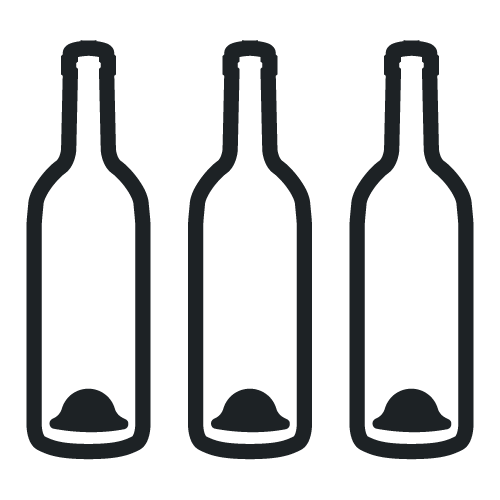Vintages
Explore the vintage chart for Idaho from 2015–2023.
Idaho's wine regions benefit from a continental climate, providing plenty of sunshine, which aids in the consistent ripening of grapes
However, the region is not without its challenges: spring frosts can endanger early budding vines, and extremely cold winters with temperatures dropping below -20°C (-4°F) sometimes cause vine damage.
The sharp transition from summer to fall allows for the production of distinctive icewines, a unique aspect of Idaho’s viticulture. Additionally, while sunshine is abundant, smoke from wildfires in neighboring states can occasionally pose a risk to the quality of the harvest.
Recent Vintages To Explore



























Vintage Chart Legend
 Highly Consistent
Highly Consistent Average Consistency
Average Consistency Variable Consistency
Variable Consistency Large Production
Large Production Medium Production
Medium Production Small Production
Small Production Hot Temp/Low Rain
Hot Temp/Low Rain Average Weather
Average Weather Cool Temp/High Rain
Cool Temp/High RainHow Wine Folly Rates a Vintage
We gather the facts about a vintage and how those features affect the wines. This way, you can better find the vintages that fit your needs (whether you're a collector or looking to drink now).
Quality
Generally speaking, the more consistent the vintage, the better the quality.
The crop consistency determines the quality of a vintage. In some years, we see average to high consistency.
On other vintages, quality is much more variable. In these variable years, it's best to look for producers who consistently produce high-quality wines because they can roll with difficulties growing grapes.
Weather
Ideally, producers want consistent temperatures year in and out for consistent quality. Of course, this is not very likely to happen as weather changes frequently. During harvest, rain, hail, and heat waves are key events that can create a difficult vintage.
Seasonal events include frost, hail, drought, and even wildfires. These events affect the quality or size of a vintage.
In warmer climates, getting enough rainfall during the growing season is key for healthy grapes and ripening.
In cooler or more moderate climates, getting enough but not too much rain and getting the right amount of sunshine and heat are important for producing ripe grapes.
Volume
Contrary to popular belief, low volumes do not always equal high quality. Producers can have very high-quality years where volumes are also high.
The opposite is also true, where we might have low yields but the quality may also be low due to disease in the vineyard or poor weather conditions.
So why do we care about volume? If there's more, it can lower prices, and the prices might be higher if there is less.